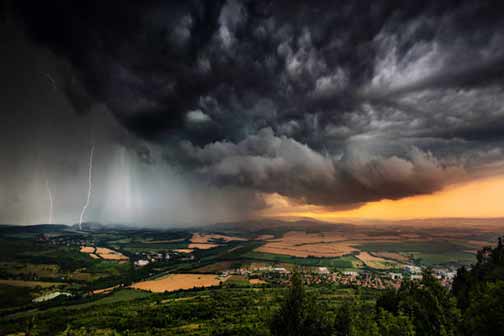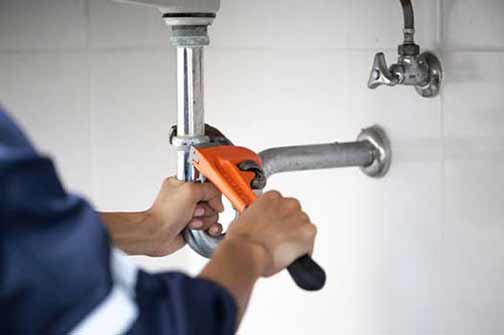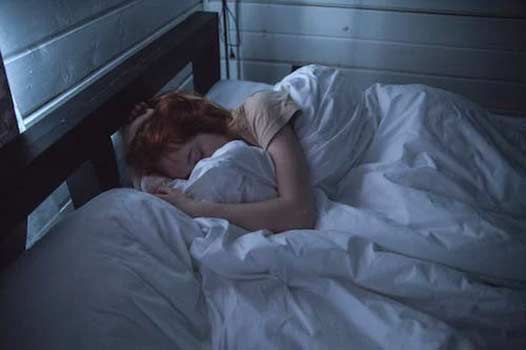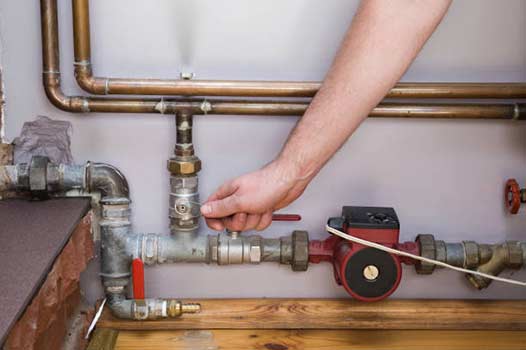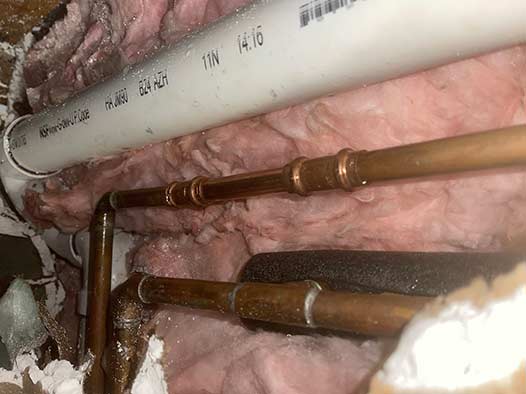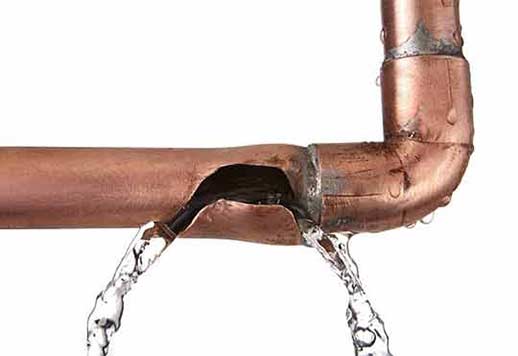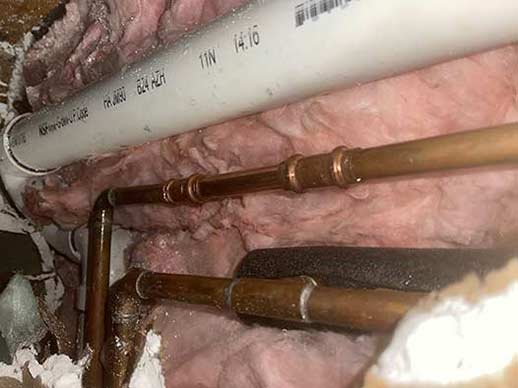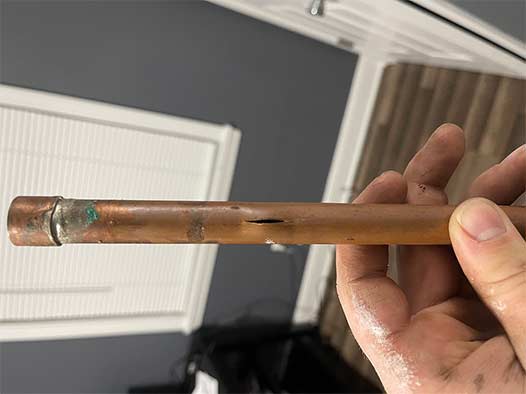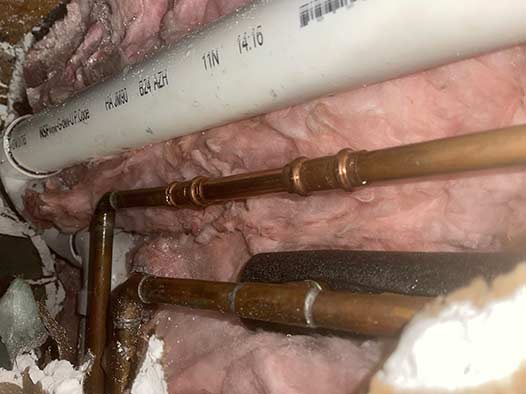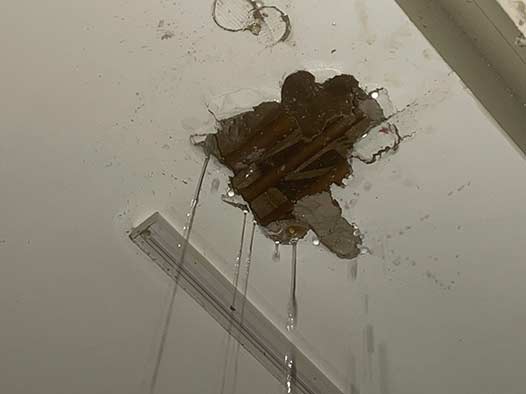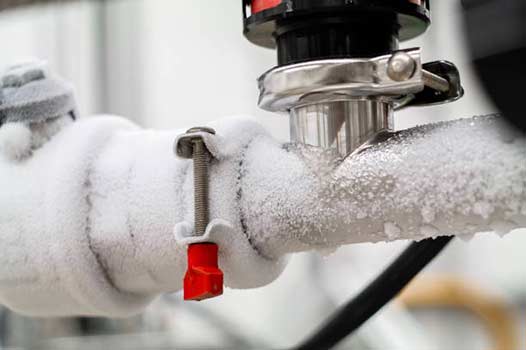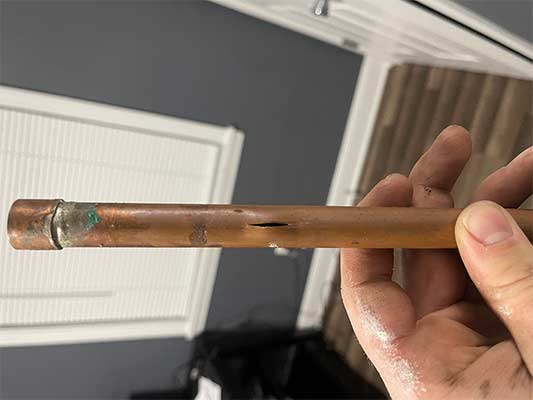The Immediate Threat of Burst Pipes: Understanding the Urgency
Burst pipes represent one of the most pressing plumbing emergencies for both homeowners and businesses. When a pipe bursts, the sudden and uncontrolled release of water can lead to extensive property damage, costly repairs, and significant disruptions. This is why acting swiftly is critical. The faster the response, the less damage is incurred, and the quicker normalcy can be restored. Understanding the immediate threats posed by burst pipes helps underscore the urgency required in addressing them.
Understanding the Causes of Burst Pipes: Identifying the Culprits
Several factors can lead to burst pipes, each carrying its own implications for urgency and repair. Freezing temperatures are a common cause, as water expands when it freezes, exerting pressure on the pipes until they crack. Corrosion over time can weaken pipes, making them more susceptible to bursting. High water pressure, physical damage from construction or landscaping, and old, worn-out plumbing systems are also potential culprits. Recognizing these causes aids in preventive maintenance and highlights the need for rapid intervention when a pipe does burst.
The Consequences of Delayed Repairs: A Cascade of Problems
Delaying repairs on burst pipes can lead to a cascade of problems. Water damage is the most immediate consequence, affecting walls, floors, and ceilings. This can lead to structural damage, necessitating extensive repairs that go beyond simple plumbing fixes. Water accumulation can also create a breeding ground for mold and mildew, posing health risks to inhabitants. Additionally, persistent leaks can lead to increased water bills and wasted resources. The longer the delay, the greater the damage and the higher the repair costs.
Financial Implications of Burst Pipe Damage: The Cost of Inaction
The financial impact of a burst pipe can be substantial. Immediate repairs might seem costly, but postponing them can lead to even higher expenses. Water damage restoration, structural repairs, mold remediation, and increased utility bills can quickly add up. Insurance may cover some costs, but claims can lead to higher premiums. Investing in prompt repairs not only minimizes damage but also helps maintain the property’s value and avoid future financial burdens.
Health Risks Associated with Burst Pipes: Protecting Well-being
Burst pipes can pose significant health risks if not addressed promptly. Water from burst pipes can lead to the growth of mold and mildew, which can cause respiratory problems, allergic reactions, and other health issues. Standing water can also attract pests and lead to unsanitary conditions. Ensuring that burst pipes are repaired quickly is essential for maintaining a healthy living or working environment.
Steps to Take When a Pipe Bursts: Immediate Actions Required
When faced with a burst pipe, immediate action is crucial. First, turn off the main water supply to prevent further flooding. Next, try to contain the water by using buckets or towels to minimize damage. Contact a professional plumber as soon as possible to assess and repair the damage. While waiting for professional help, move furniture and valuables to a safe area to prevent further damage. Document the damage for insurance purposes, and be prepared to discuss the situation with your insurance provider.
The Role of Professional Plumbers in Burst Pipe Repairs: Expertise and Efficiency
Professional plumbers play a critical role in addressing burst pipe issues. They have the expertise and tools necessary to quickly diagnose the problem and implement effective solutions. From replacing damaged sections of pipe to providing advice on preventing future incidents, their services are invaluable in mitigating damage and restoring normalcy. Choosing a reputable plumber with experience in emergency repairs can make a significant difference in the outcome of a burst pipe situation.
Preventive Measures to Avoid Burst Pipes: Proactive Protection
Prevention is always better than cure, and there are several measures homeowners and businesses can take to reduce the risk of burst pipes. Insulating pipes, especially those in unheated areas, can help prevent freezing. Regular maintenance and inspections can identify potential issues before they become serious problems. Installing pressure regulators and ensuring that pipes are properly secured can also help. Educating oneself about the signs of potential pipe issues, such as unusual noises or changes in water pressure, can lead to quicker responses and prevent major damage.
The Importance of Timely Communication: Coordinating Efforts
In the event of a burst pipe, timely communication is essential. Informing all occupants of the property about the situation can help in coordinating efforts to minimize damage. Communicating with a plumber and insurance provider as soon as possible ensures that repairs can begin promptly and that any claims can be processed efficiently. Keeping lines of communication open throughout the repair process can help in addressing any additional issues that may arise.
Conclusion: Acting Swiftly Saves Time and Money
In conclusion, the importance of addressing burst pipes promptly cannot be overstated. The potential damage to property, health risks, and financial implications make it crucial to act quickly. By understanding the causes and consequences of burst pipes, taking preventive measures, and ensuring timely communication and professional intervention, homeowners and businesses can protect their properties and avoid unnecessary expenses. Time is truly of the essence when it comes to burst pipe repairs, and swift action is the best course of action to minimize damage and restore peace of mind.







